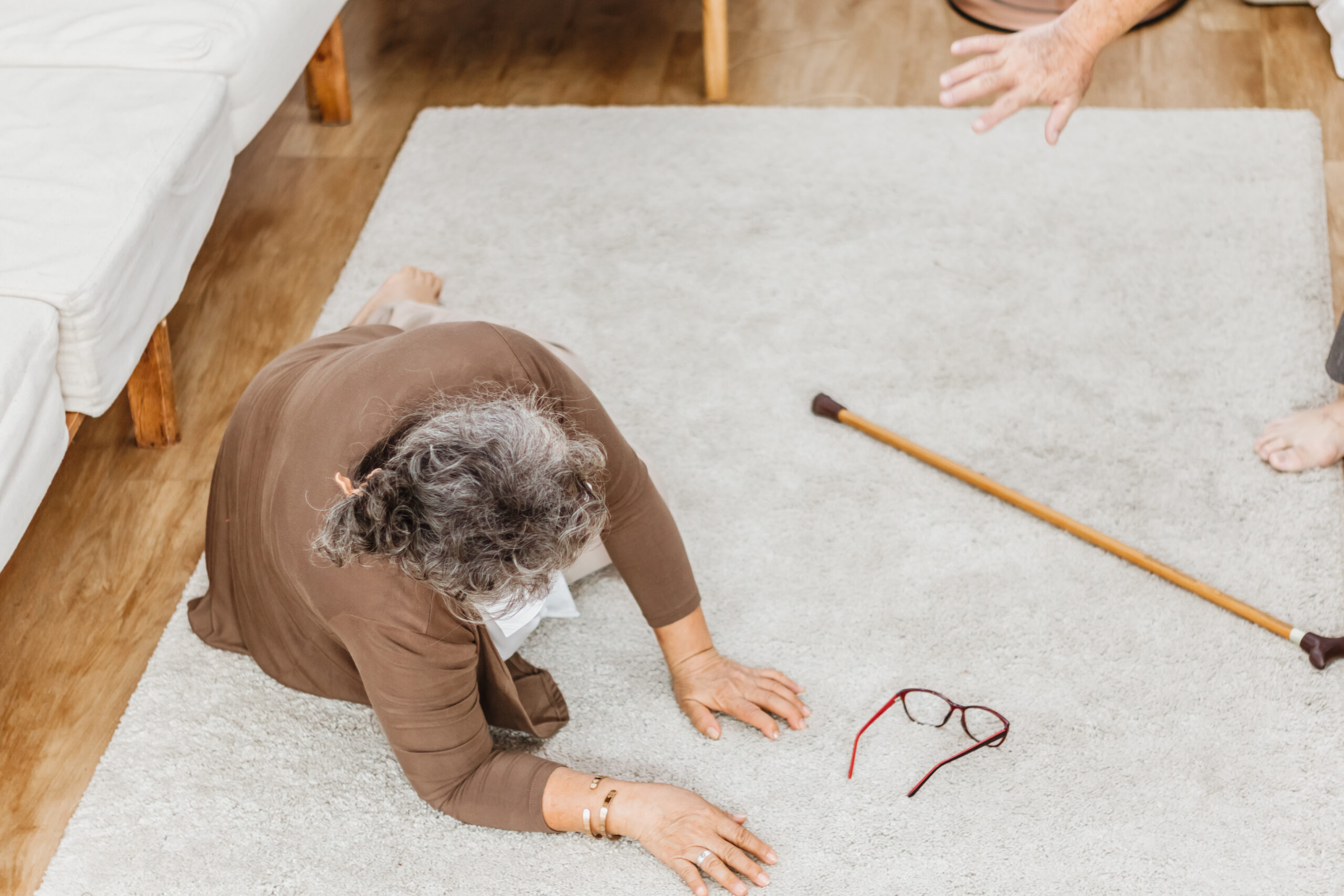The Unspoken Reality of Ageism in Everyday Life
Ageism is a pervasive issue that affects people of all ages, though it is most commonly associated with older individuals. It involves treating someone unfairly or differently because of their age, and this can occur in various aspects of life, from the workplace to social interactions. Ageism can be both overt and subtle, often manifesting as stereotypes or biases that influence how people are perceived and treated.
In the workplace, ageism can lead to significant challenges for older workers. For instance, older job applicants might face discrimination during the hiring process, with employers favoring younger candidates regardless of qualifications. This bias can also affect younger individuals, as they may be seen as lacking experience or maturity. Ageism in the workplace is not always intentional; it can stem from unconscious biases that influence decisions about promotions, training opportunities, and job assignments.
Beyond the workplace, ageism affects daily life in numerous ways. For example, older adults might be subjected to jokes about aging or be assumed to be less capable than they actually are. This can lead to feelings of frustration and isolation. On the other hand, younger individuals may face restrictions on activities like voting, driving, or working, based solely on their age rather than their abilities.
Ageism also intersects with healthcare, where older patients might not receive the same level of diagnostic care as younger patients, with symptoms being dismissed as “normal” for their age. This can result in delayed diagnoses and inadequate treatment.
The impact of ageism extends beyond individual experiences to societal attitudes. It perpetuates stereotypes about aging and youth, influencing how people perceive themselves and others across different age groups. Addressing ageism requires a shift in societal norms and individual behaviors, recognizing the value and contributions that people of all ages can make. By acknowledging and challenging these biases, we can work towards creating a more inclusive and equitable environment for everyone.





